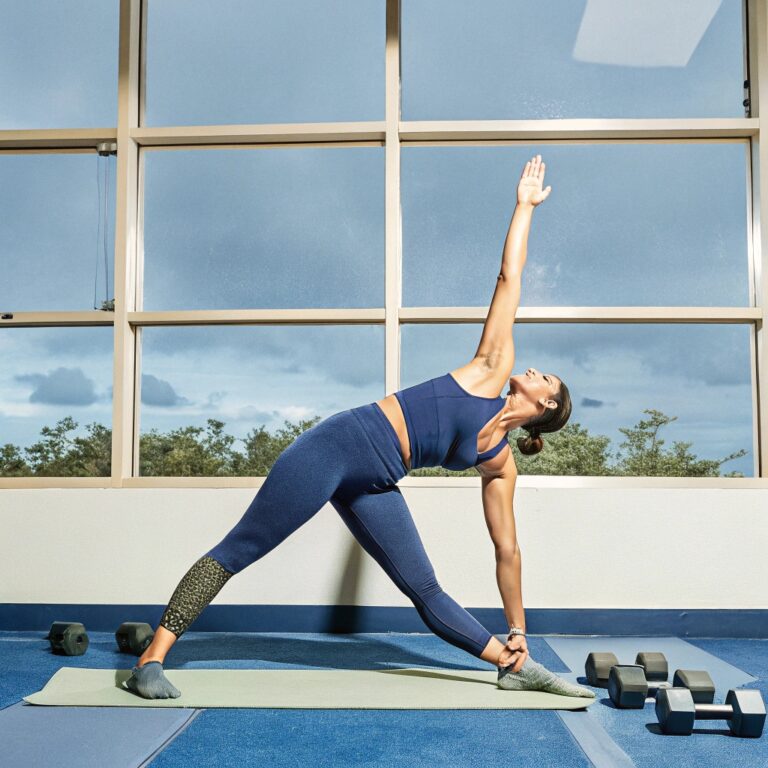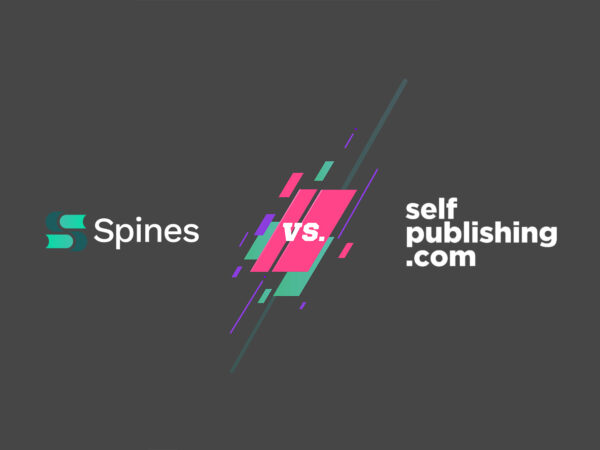
The Fitness genre is all about movement—of the body, the mind, and the will. These books help readers build strength, improve health, overcome limitations, and unlock a more energized, empowered version of themselves. Whether you’re training for a marathon, learning to lift, or trying to create a sustainable workout routine, fitness books offer expert guidance and everyday motivation.
From home workouts to gym plans, physical therapy to peak performance, the genre bridges science with inspiration. Fitness is not one-size-fits-all—it’s about building routines, habits, and confidence that align with personal goals, lifestyles, and bodies.
This genre often explores:
Training Programs & Routines: Detailed plans for strength, endurance, mobility, or sport-specific training.
Bodyweight & Home Workouts: Accessible fitness without a gym—perfect for busy or remote lifestyles.
Nutrition & Recovery: Fueling and healing the body for optimal performance and longevity.
Mindset & Motivation: Mental toughness, habit formation, and staying consistent.
Fitness for All Bodies: Inclusive books for all fitness levels, ages, and goals—from weight loss to body positivity.
At its core, the Fitness genre is about progress, not perfection—and the powerful feeling of showing up for yourself.
Writing in the Fitness genre means blending expertise with empathy. You’re not just offering a workout—you’re building a roadmap for sustainable health, strength, and confidence. Whether you’re a coach, athlete, or lifelong mover, here’s how to create a book that gets results:
Know Your Audience
Are you writing for beginners? Athletes? Busy parents? Seniors? Tailor your tone, intensity, and structure to meet their needs and fitness level.
Design a Clear, Structured Program
Whether it’s 4 weeks or 12 months, include detailed plans with reps, sets, rest intervals, and progressions. Make it easy to follow and scale.
Support With Science (But Keep It Simple)
Ground your methods in proven principles—like hypertrophy, HIIT, or progressive overload—but explain them in accessible terms.
Incorporate Lifestyle and Nutrition Guidance
Fitness doesn’t happen in isolation. Add tips for sleep, hydration, mental focus, and clean, balanced eating if applicable to your message.
Use Photos, Diagrams, or Video Links (If Applicable)
Demonstrating form is crucial. Visual guides help readers execute moves safely and effectively. QR codes or URLs for follow-along videos can be a bonus.
Include Mindset and Motivation Tips
Fitness is mental. Include chapters, quotes, or reflection prompts that help readers stay committed and overcome setbacks.
Track Progress and Celebrate Wins
Add printable or interactive trackers, journal prompts, and checkpoints so readers can monitor their journey and stay inspired.
These bestselling titles continue to motivate, educate, and reshape fitness routines for people around the world:
Bigger Leaner Stronger by Michael Matthews
Did you know? This book offers a science-backed strength training and nutrition plan specifically tailored for men looking to build muscle and lose fat—without fads.
Atomic Habits by James Clear
Did you know? Though not strictly a fitness book, Clear’s focus on habit formation and identity-based change is at the core of long-term fitness success.
Roar by Stacy T. Sims, PhD
Did you know? Written specifically for women, this book addresses how female physiology responds differently to training and nutrition—and how to adapt fitness routines accordingly.
Can’t Hurt Me by David Goggins
Did you know? A memoir-meets-mental-fitness manifesto, Goggins’ story of extreme endurance and mental toughness has inspired athletes and non-athletes alike to push past limits.
The New Rules of Lifting by Lou Schuler & Alwyn Cosgrove
Did you know? This series combines expert weightlifting programming with accessible advice, making strength training simple for all levels.
Build muscle, power, and proper form through barbell, dumbbell, or bodyweight programs.
Example: Starting Strength by Mark Rippetoe
Improve stamina, VO₂ max, and speed through running, cycling, and athletic conditioning.
Example: 80/20 Running by Matt Fitzgerald
Introductory guides for getting started with basic fitness, mobility, and lifestyle habits.
Example: The Body by Bill Bryson
No gym? No problem. Focus on bodyweight, resistance bands, or everyday movement.
Example: You Are Your Own Gym by Mark Lauren
Combines physical training with emotional health, mindfulness, or trauma recovery.
Example: The Joy of Movement by Kelly McGonigal


Ready to share your story?
Tell us what you need—we’ll help bring your book to life.
